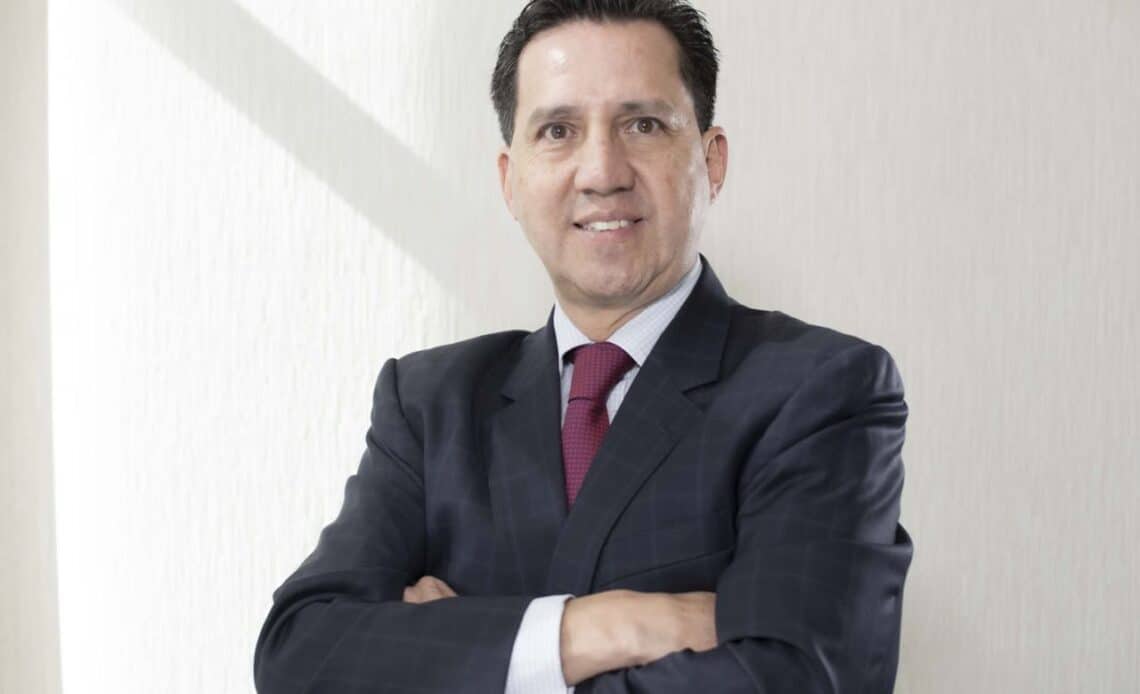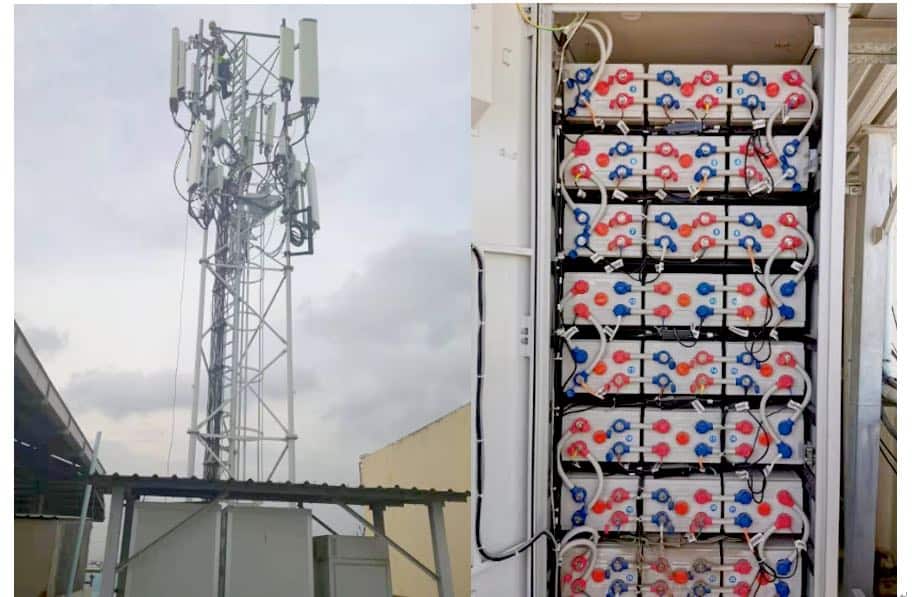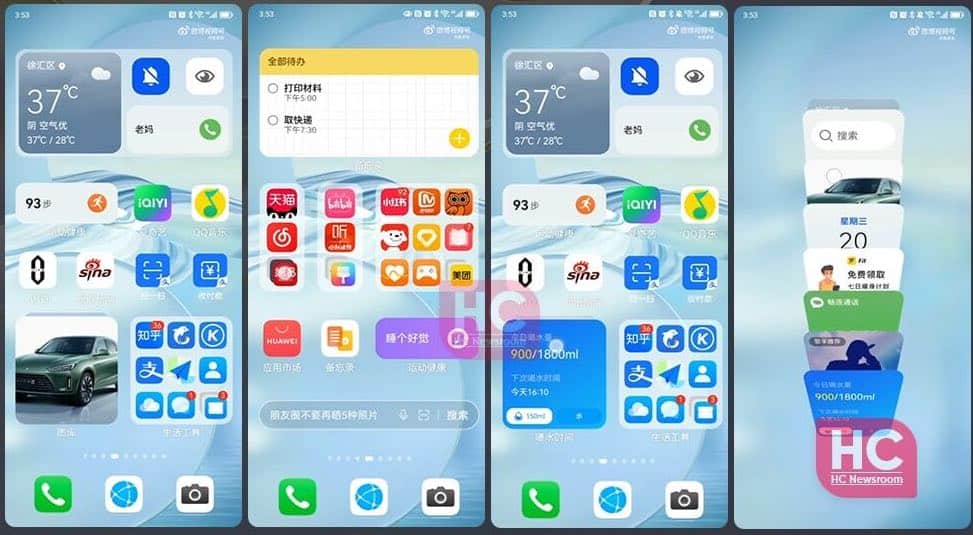
Above: Cesar Funes. Photo courtesy Huawei.
BitDepth#1401 for April 10, 2023
At a press conference called by HuaweiTT on March 31, the company presented itself as a business entity in a state of transition.
The hard numbers were, as the company put it, in line with expectations, and those expectations were low.
The Chinese technology manufacturer and service provider announced a drop in both cash flow and net profits, pointing to its heavy investment in research and development (R&D) which rose to 25.1 per cent of revenues (Apple spends 19.9 per cent) of US$100 billion as well as somewhat euphemistically to what its senior executives referred to as “the restrictions.”
Huawei has been blacklisted from critical technologies through US state sanctions since May 2019 in what is widely considered to be an undeclared trade war.
Those restrictions have created a hard wall imposed by the US government on access to technology, both hardware and software, designed in the United States. That’s imposed challenges accessing chipsets, including those used for 5G wireless radio transmission in mobile phones.
The aggregate of those limitations gutted the company’s mobile phone business. Five years ago, Huawei was as the fast rising third-place manufacturer of smartphones globally, competing robustly on the high end.
The company has dropped to sixth place, its sales largely buoyed by the Chinese market, where the loss of Google’s software ecosystem and the limitations of the new Harmony OS aren’t the deal breakers they are in Western markets.
In the fourth quarter of 2022, Huawei was the leading smartphone brand in China with 27.3 per cent of the market, beating Apple’s share by one percentage point.
Evan Zhou, CEO of Huawei TT was cautiously optimistic when he told members of the press that, “The year 2023 is a critical one for Huawei’s survival and development.”
“The severe external environment and non-market factors continue to affect the company. We’re in a storm, and we are running in the rain.”
According to Cesar Funes, vice-president of Public Affairs for Huawei LatAm, cloud services are an increasingly important element in the company’s digital transformation strategy and the company is emphasising virtual services, investing more than US$100 million in improving its cloud products and assembling 16,000 certified developers to implement its cloud services.
That might sound like a lot, but the most aggressive player in cloud services, Amazon Web Services works with 35,000 developers and software engineers while the fiercest competitor for cloud business, Microsoft claims 100,000 software engineers for its Azure cloud services.
Huawei’s ICT infrastructure business is valued at US$51 billion, its consumer business at $31 billion and its digital power business at $7.36 billion.
The fledgling Infrastructure as a Service (IaaS) business is valued at just US 0.3 billion, but it’s one that is targeted for expansion, along with the growing digital power business.
Huawei breaks out its IaaS business into three models, Expertise as a Service, where customers can buy the company’s experience in implementing services in business silos ranging from Governance to Healthcare, Technology as a Service, for customers seeking backroom support to implement and manage vertical market technologies like AI and Big Data, and Infrastructure, as it works to develop what it described as its preferred cloud option.Most of the work that Huawei has done over the last 20 years in the Caribbean has been the construction of modern telecommunications infrastructure.
The new digital power technologies will build on that expertise, but it’s framing these new solutions around carbon reduction.
Huawei manufactures a range of photovoltaic technology solutions and is one of the largest producers of energy inverters, a key component in effective solar energy capture.

The company is clearly keen to continue its work in the region and has, for instance, been promoted its 5G network capabilities for years locally, but has only managed to implement the fixed wireless solution that TSTT is using to replace its aging copper network.
But even that project has dragged on for almost seven years with no end in sight.
In the region, the company has worked on a successful 5G mobile roll-out by providers in the Dominican Republic.
Huawei has courted the higher education system with conversations about the value of a smart campus and generous gifts of smart boards at different tiers of schooling.
But in the local market, Huawei faces the irony of an inflexibly lethargic inertia that coexists with brassy promises of digitalisation.
Hard business fact. TSTT and Digicel won’t consider 5G until they are done squeezing their return on investment in 4G.
Trinidad and Tobago won’t make any significant inroads on solar power until it stops thinking about energy generation in terms of power plants and licensing and begins to consider the benefits of consumer solar panel coverage and contribution to the grid.
It is, in short, hard to reconcile Huawei’s hopeful expectations of the local market with the demonstrated reality of a pronounced aversion to define clear goals for local digital development, set timelines for them and then report transparently on progress.



